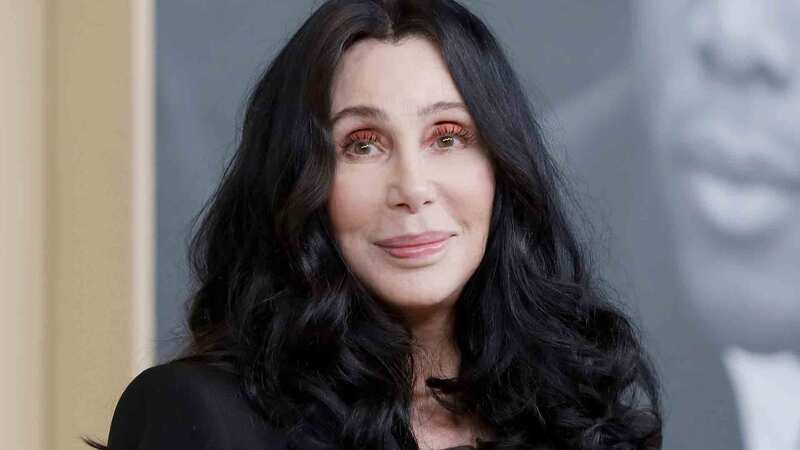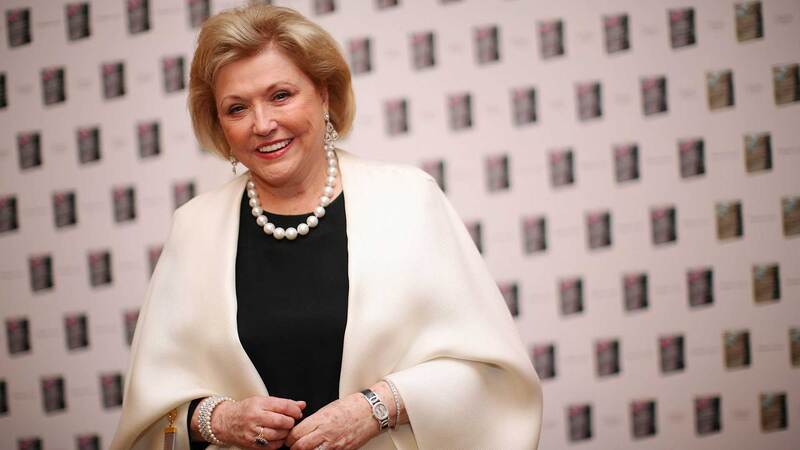You are viewing your 1 free article this month. Login to read more articles.
John Burningham and David Roberts in Conversation
DR: You started illustrating children’s books in the 1960s, which were such an exciting time for not just art but fashion and music and I think sometimes when we look back at books from that time they fit that time perfectly, do you feel like you were being influenced by things like music and fashion in those early books?
JB: No, not directly, but in hindsight I can see it. What was good about that time was that everything was very, very dreary in post-war London so everyone was open to anything new and original. I think you can look back on those things but at the time it’s just bloody hard work whoever you are, taking a portfolio down and that carries on today only it’s worse today because people are so terrified because of the decimation of libraries, and all the independent bookshops closing, and Amazon, and Waterstones, and so they think “Dear, dear, let’s have something like our last bestseller and don’t give us anything new.” It’s a recipe for death of creativity.
DR: Back in the 60s was children’s book illustrating seen as a new art form which meant you were given a lot of freedom to express yourself how you wanted to?
JB: I was lucky because Borka, the first book I did, was - apart from Michael Foreman’s The General which had come the year before - was the first book where you didn’t have to do the colour separations and prior to that, I think I’m right in saying, there were all those restrictions. I couldn’t have coped with that. I just can’t really see that if you overprint blue with green you get purple or whatever it is. I think I would’ve just given up so I was very lucky that they did that.
DR: One of the things I like about your style of illustration is that it seems to have a fearlessness to it, it seems so spontaneous and free. Have you found that you always worked that way or is this something that’s come out as a signature? Do you look back at earlier work and think it’s much tighter whereas now it feels much more free?
JB: To obtain that sort of free illustration look is an awful lot of work and pre-thought. I dislike the whole process, I mean, I quite like having achieved something but there’s building up to doing a drawing is no easier for me now than it was 50 years ago and I don’t really feel I have any ability until I manage to produce something that works.
DR: That’s so interesting because I think one of the things I really took from your work is to be less afraid of an empty expanse of white paper, it made me feel less like I needed to follow a formula and be less afraid so it’s interesting to hear you’re still feeling a bit of trepidation.
JB: The trouble with art is there is no formula and when I used to teach at the Central, and Harrow, and various other places, it’s terrible having students because if you’re teaching maths, basically 1 + 1 = 2 and if somebody argues with you, you can say I’m afraid that’s right. If you look at somebody’s awful drawing and you having to try and find a way to encourage them without putting them off totally, that is a hell of a lot of work and if you’ve got 25 students it’s a nightmare. So unfortunately, as you well know, you’re starting from scratch every time you have to do another project or picture.
DR: Do you think people think there is a formula and that’s what puts them off drawing because they think they’re going to get it wrong? I often say to children when I go into schools, I always say there’s no right or wrong way of doing this, however you do it is your style, your way of interpreting this picture, and that gives them at least a little bit of freedom to at least have a go. But I think a lot of people think they can’t draw so they don’t bother.
JB: Well of course with children it depends on their age. They start off with this wonderful freedom and uninhibitedness, which of course Picasso was able to do in later life. Then suddenly they’re drawing little tight horses or something and it goes, they get inhibited, they worry about being judged and to get through that and to get out the other end and work as an artist is quite an achievement and very difficult teaching.
DR: Were you aware of the fact that you were part of a group of artists that were moving art into the format of the children’s book or did you screen yourself off and want to do your own thing and not be influenced by others?
JB: Well you’re trying to make a living as a freelance artist, which is a very difficult thing to do, and it’s just sheer chance. I mean I had this idea for Borka and it was kicking around for ages before someone said to just work it up just a little more, write some text and I’ll take it to my publisher and that’s what happened and they published it. And it won the Kate Greenaway medal so they said: “Can we have another one?” If that hadn’t been taken on, I might have gone down a completely different road. I mean I never wanted to be a children’s book illustrator.
DR: What did you think you’d end up doing?
JB: I didn’t really know. I mean, I simply went to school at Central because I met a friend of mine who I’d been at school with and I said: “What are you doing?” and he said: “I’m going to the Central School of Art and I’m studying illustration and graphic design” and I thought: “Ooh, I’ll do that”. And that’s what I did. Having said that, I had always been drawing and I’d done a few evening classes. The fact that I ended up doing children’s book was just accident really.
DR: You mostly illustrate your own texts - do you ever find that you go back and chance and manipulate the text to fit an image you might have in your head? This fascinates me because I illustrate other people’s work.
JB: What I do is I rough out the sequences, and the problem with stories is – do they have a beginning and an end? And there are so many people who have wonderful ideas but they can’t actually finish them. I’m turning over ideas for concepts for months I’ve got to get it to a certain point before I make notes and then do dozens of little structured, vague story texts. I never write a text and then illustrate it. It comes to the boil together.
DR: Has the starting point ever been an image that you’ve drawn and thought that could turn into a book?
JB: I don’t think I have, no. I have ideas and they’re in the half-conscious until I think there’s a possibility I could make that one work and then I will start the drawing process.
DR: Do you find it difficult choose what to illustrate – what should be the thing that best tells the story through the image? Do you end up with a whole load of drawing that you whittle down?
JB: The process is a kind of a mental and visual one of not boring people because, with writing or drawing or whatever, it’s not about piling lots of colours on. It’s like when you talk to people and they can’t stop – they nervously use hundreds of words and you’re bored within moments because you know they’ve got nothing to say or they can’t express themselves. Sort of verbal diarrhea. This is happening with drawing and colour and it’s very hard to be able to sign it off because it may differ for differnet people. For me, when I look at something, I think there’s too much going on and you’ve got to keep it simple so when I do a structure for a book I’m not saying: "Ooh here we are we can load the colour on here and here and here", because you’re going to lose the impact and you have to have moments of heavy colour and action but on another page you might have something just simple because if it’s all lots and lots of lovely colours it doesn’t mean anything.
DR: Do you think children are particularly excited by seeing a spread with no text so they can tell the story themselves?
JB: I don’t really know, because I don’t really have much to do with them but what is certain with children is that if they don’t like it, they’ll let you know and push it to one side!
DR: Do you ever work digitally?
JB: No I don't. There is something rather deadly about digital art. We did it with Helen Oxenbury when we did a book with a baby in it and I think it works well but I think that there are pictures now that you see in weekend supplements and the first time around you think it's really good and then you realise you’re going to see exactly the same line over and over again. And this is the trouble with bloody art schools now when you get people who don’t know how to draw and they say go and knock us something up on your laptop and so it goes from bad to worse really.
DR: Do you enjoy illustrating other people’s texts?
JB: Well yes because I don’t have to think about a lot of it – you’re not entirely half way there but you’re on the way.
DR: I read that you didn’t do The Iron Man and that you slightly regretted that but that you don’t like the idea of illustrating something that’s previously been illustrated?
JB: I’ve said that, I think I could easily change my mind and take on one of those classics.
DR: You have a wonderful way of capturing emotion without it being sentimental. Do you think that’s become easier with more life experience?
JB: That’s a tricky one. I think it’s quite a difficult thing to do and I don’t think I’d probably find it any easier now than I would have done. Kids can take all that sort of thing much better than adults.
DR: Does anything ever make your heart sink at the thought of drawing it? Is there anything you avoid?
JB: I think I just try and avoid drawing. I’ve got projects that I’ve absolutely dreaded for weeks and weeks and I can’t get myself to start them and then eventually I do and think what was the fuss about!
The Way to the Zoo by John Burningham is out now from Walker Books.















